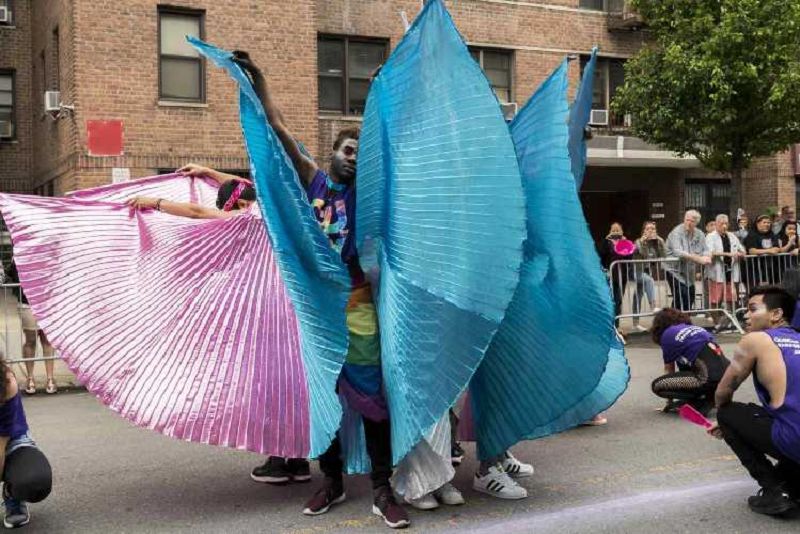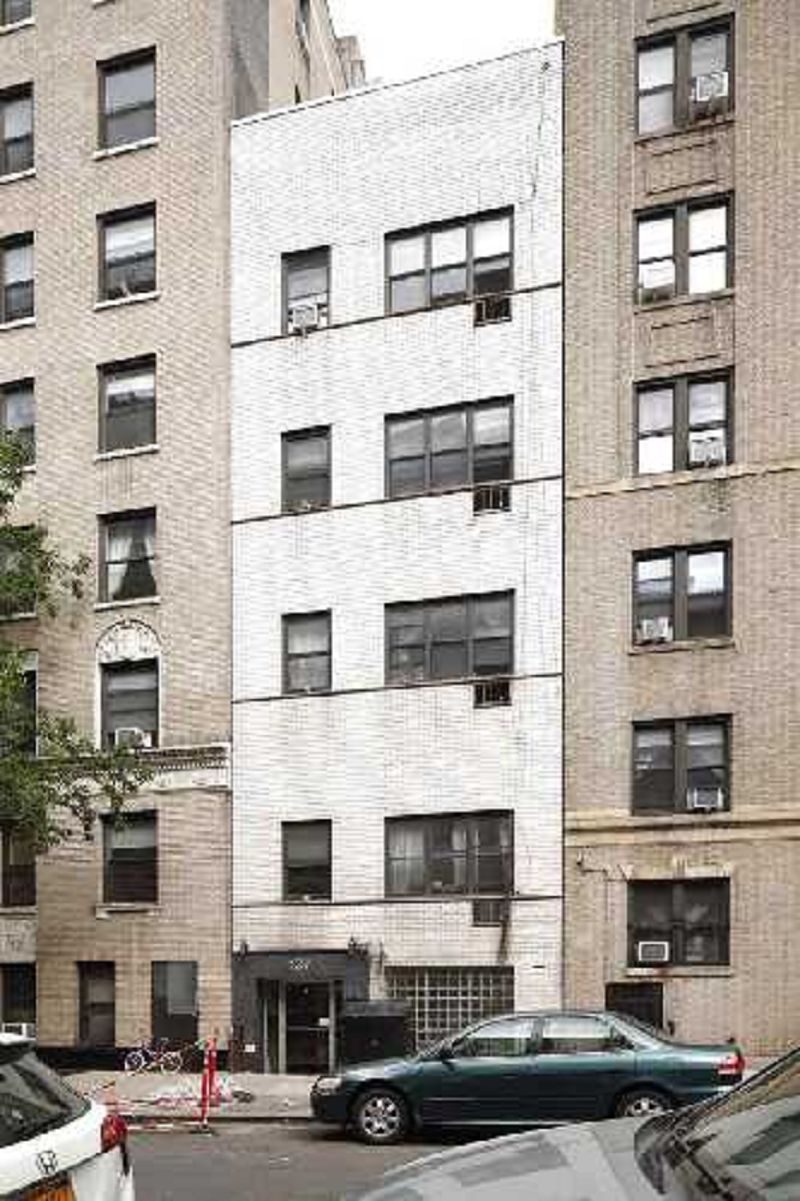How Well Do You Know New York City Landmarks Associated with LGBTQ History?
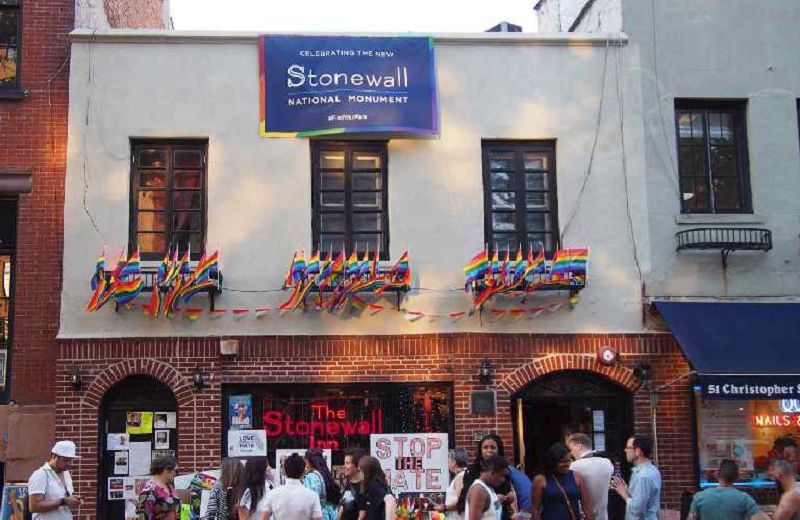

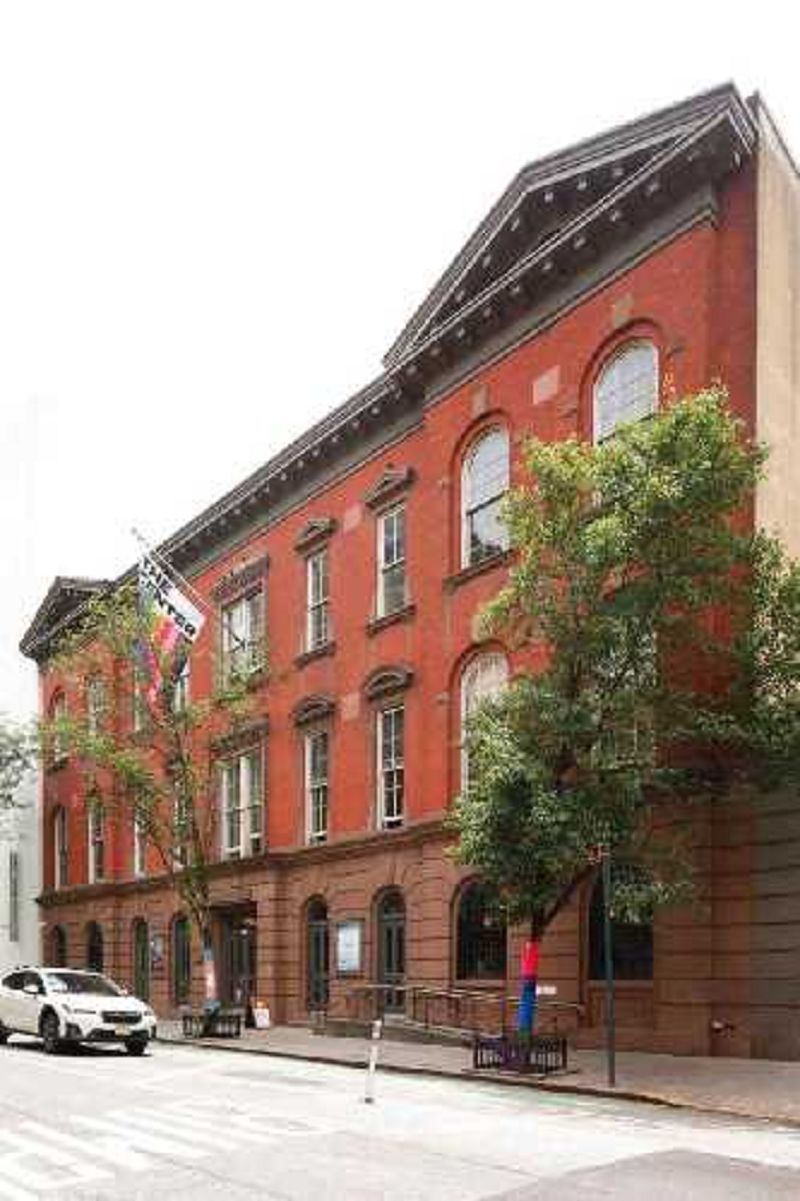
Since 1984 the Center has played a key role in supporting the rights, health, and wellness of the LGBTQ community, welcoming hundreds of community groups and hosting meetings, celebrations, workshops, cultural events, and mental health and social services.
Since 1984 the Center has played a key role in supporting the rights, health, and wellness of the LGBTQ community, welcoming hundreds of community groups and hosting meetings, celebrations, workshops, cultural events, and mental health and social services.

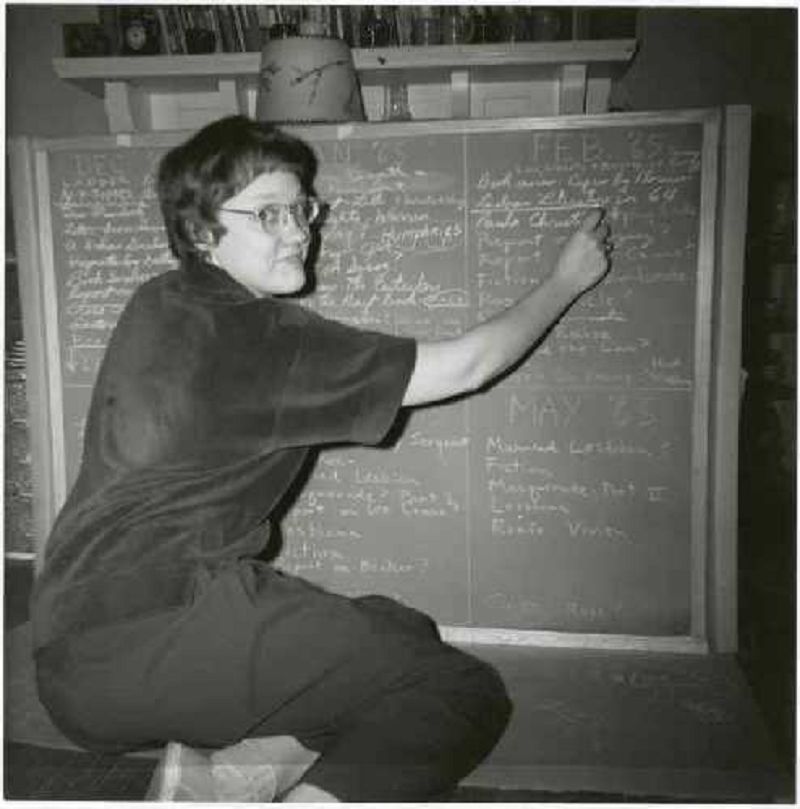
The Madison Square North Historic District, designated in 2001, is primarily comprised of commercial buildings dating to the mid-19th century, with hotels, clubs, retail businesses, and later offices and lofts. In the late 19th and early 20th centuries, Classical Revival and Beaux-Arts style high rise buildings were constructed in the area.
The Madison Square North Historic District, designated in 2001, is primarily comprised of commercial buildings dating to the mid-19th century, with hotels, clubs, retail businesses, and later offices and lofts. In the late 19th and early 20th centuries, Classical Revival and Beaux-Arts style high rise buildings were constructed in the area.
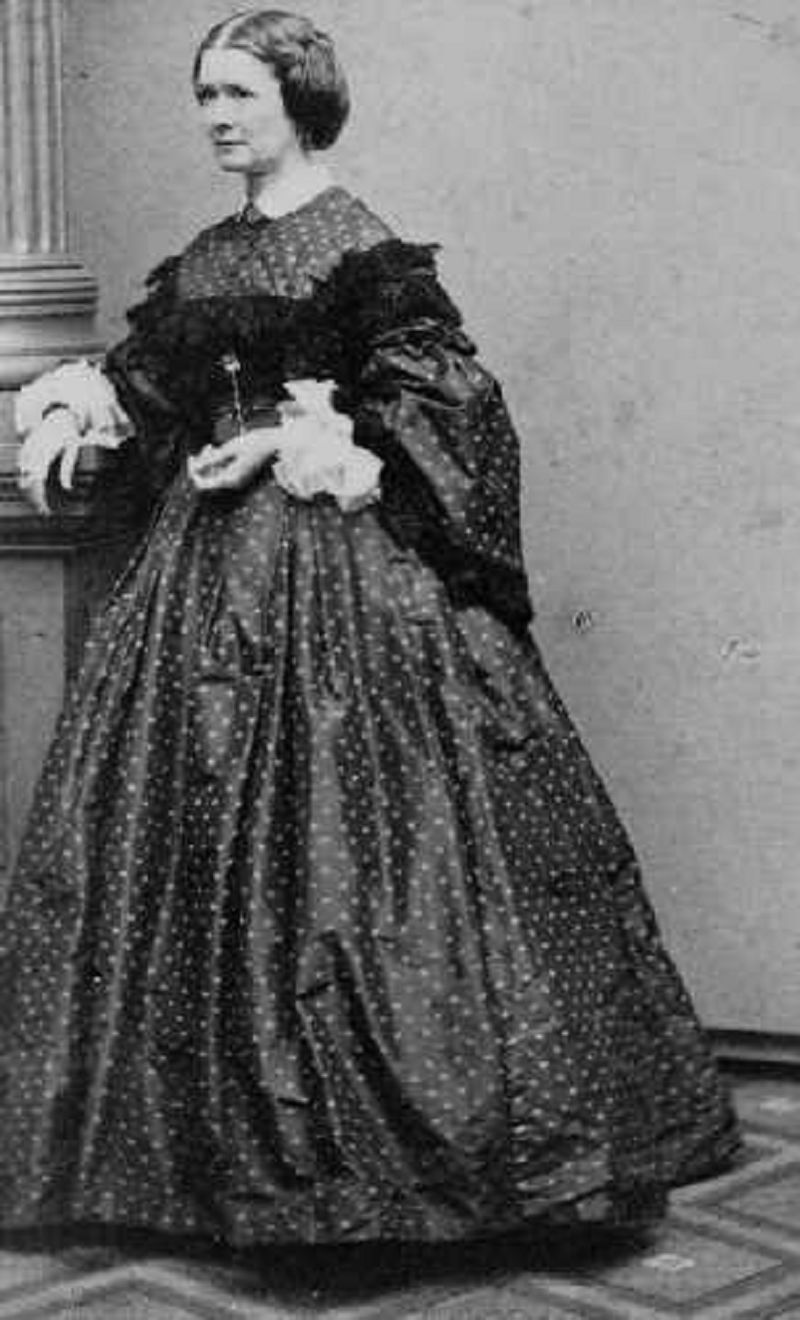
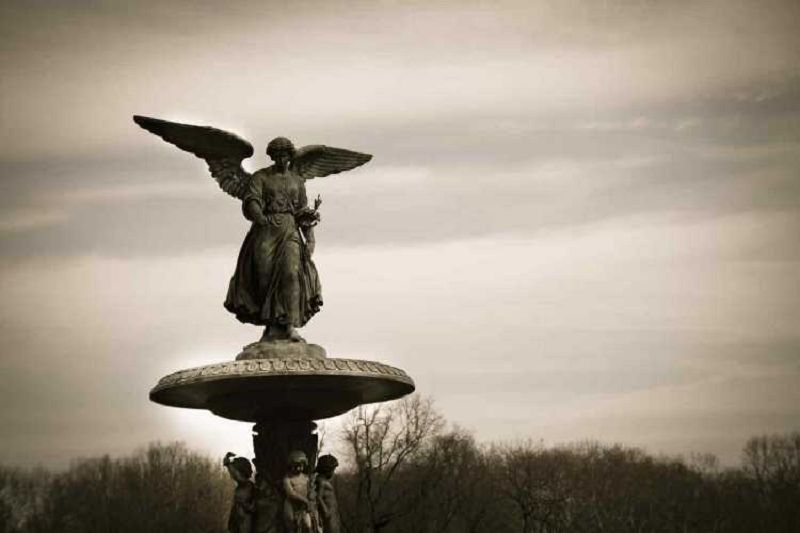
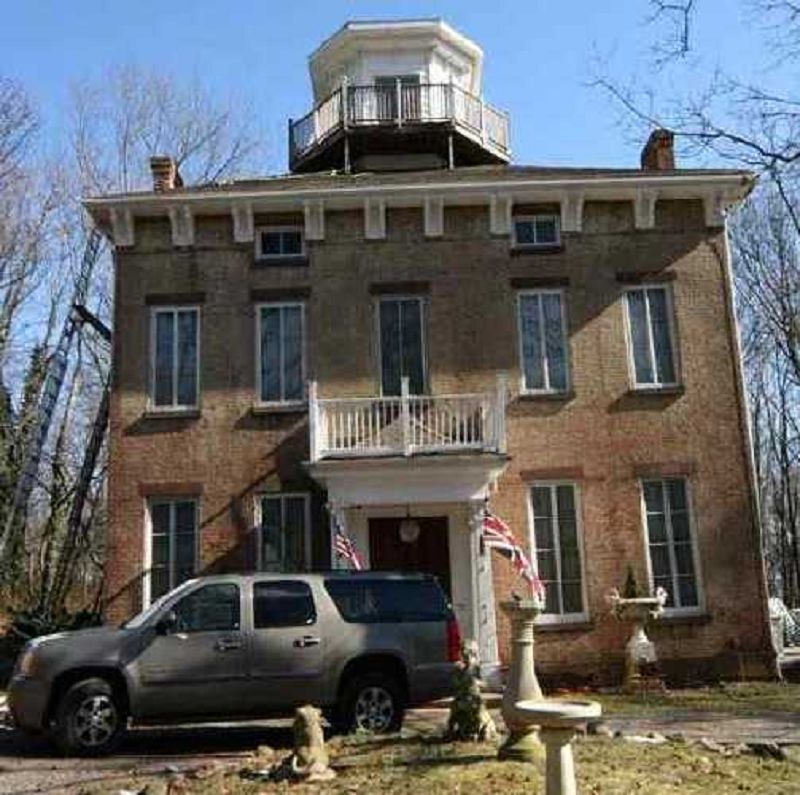
Did you know that the Lighthouse Hill neighborhood is also home to the only Frank Lloyd Wright designed house in New York City and the Staten Island Lighthouse, both designated New York City Landmarks?
Did you know that the Lighthouse Hill neighborhood is also home to the only Frank Lloyd Wright designed house in New York City and the Staten Island Lighthouse, both designated New York City Landmarks?

The former American Bank Note Company Printing Plant was designated an individual New York City Landmark in February 2008.
The former American Bank Note Company Printing Plant was designated an individual New York City Landmark in February 2008.

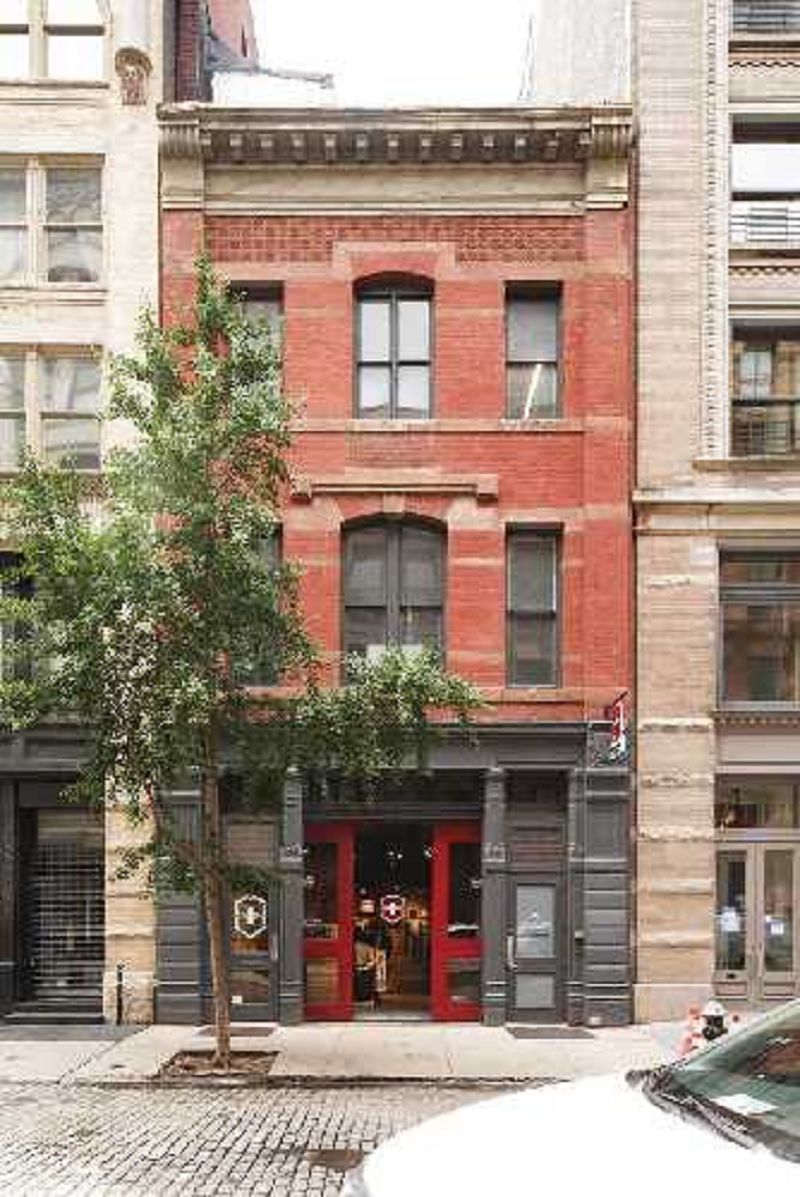
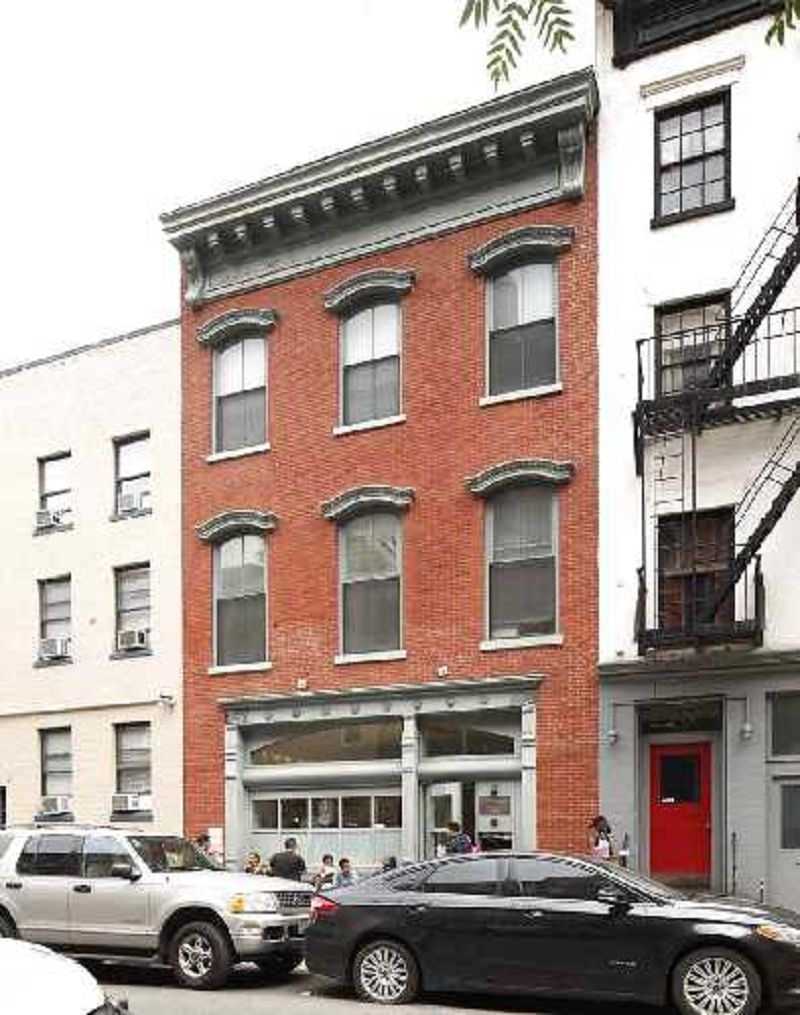
The Women’s Liberation Center housed all of these organizations. The most prominent of these groups, Lesbian Feminist Liberation, worked to bring public attention to the discrimination and legal injustices faced by lesbians. The group protested bigoted representations of lesbians, including the national broadcast of the 1974 film Born Innocent, which depicted lesbians in a juvenile detention home solely as perpetrators of violence. Lesbian Feminist Liberation persuaded several corporations to drop their sponsorship of the showing, arguing that its story was “slanderous” to lesbians.
Also housed in the Women’s Liberation Center was the Lesbian Switchboard, a volunteer-staffed telephone service that provided peer counseling, referrals, and information about local events. During a time when the LGBTQ community was frequently stigmatized and forced to remain in the shadows, this service provided much-needed mental health support and a sense of kinship among New York City’s lesbians.
Designed in the Anglo-Italianate style by Charles E. Hartshorn, 243 West 20th Street was completed in 1866 and served as a firehouse until 1967. It was designated an individual landmark on June 18, 2019 in recognition of its significance to LGBTQ history.
The Women’s Liberation Center housed all of these organizations. The most prominent of these groups, Lesbian Feminist Liberation, worked to bring public attention to the discrimination and legal injustices faced by lesbians. The group protested bigoted representations of lesbians, including the national broadcast of the 1974 film Born Innocent, which depicted lesbians in a juvenile detention home solely as perpetrators of violence. Lesbian Feminist Liberation persuaded several corporations to drop their sponsorship of the showing, arguing that its story was “slanderous” to lesbians.
Also housed in the Women’s Liberation Center was the Lesbian Switchboard, a volunteer-staffed telephone service that provided peer counseling, referrals, and information about local events. During a time when the LGBTQ community was frequently stigmatized and forced to remain in the shadows, this service provided much-needed mental health support and a sense of kinship among New York City’s lesbians.
Designed in the Anglo-Italianate style by Charles E. Hartshorn, 243 West 20th Street was completed in 1866 and served as a firehouse until 1967. It was designated an individual landmark on June 18, 2019 in recognition of its significance to LGBTQ history.
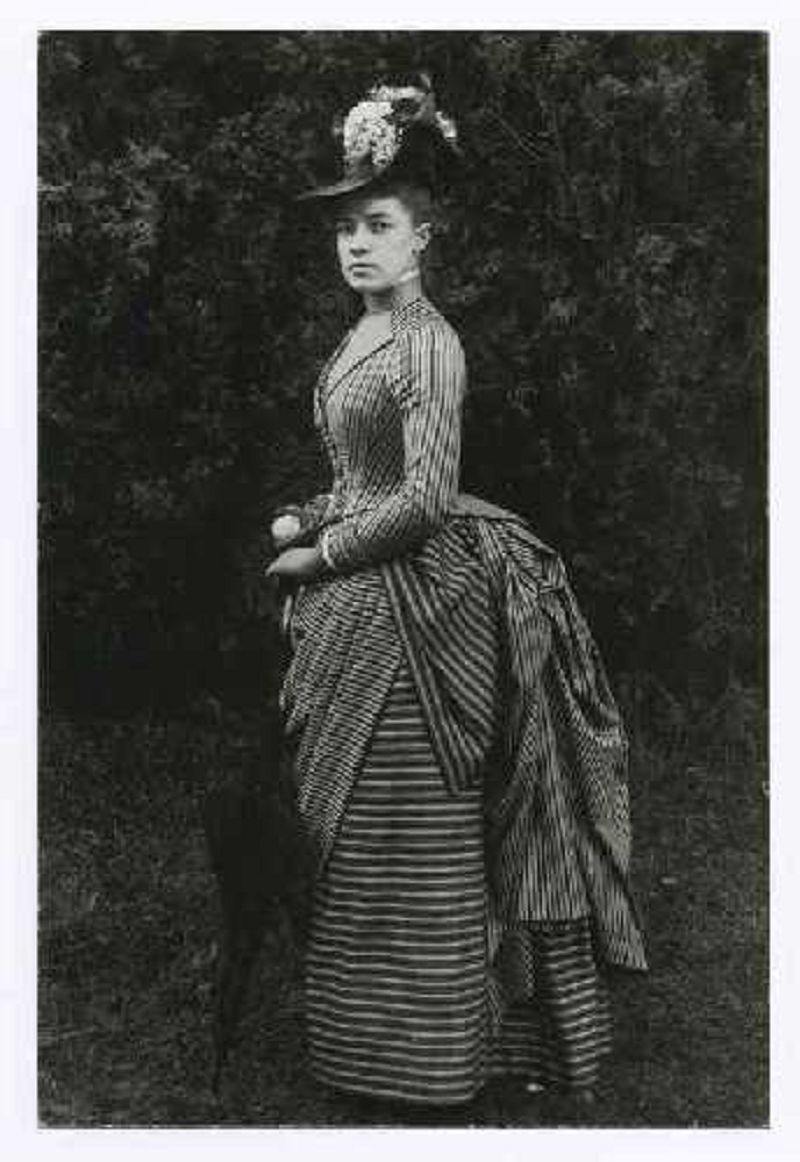
12. The Borough of Queens is home to two separate parades, dedicated to LGBTQ pride and inclusion. Each parade follows a route through separate historic districts. Which historic districts are included in the routes?
